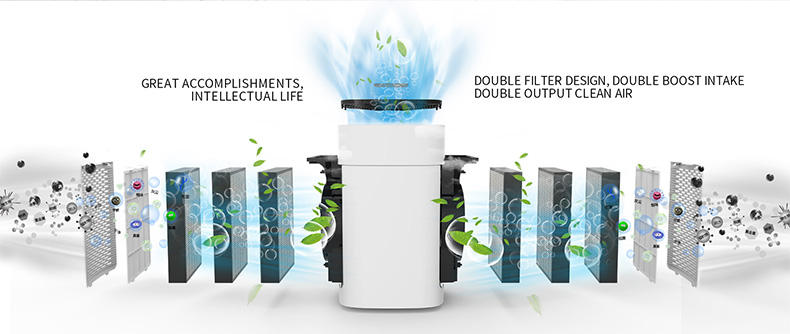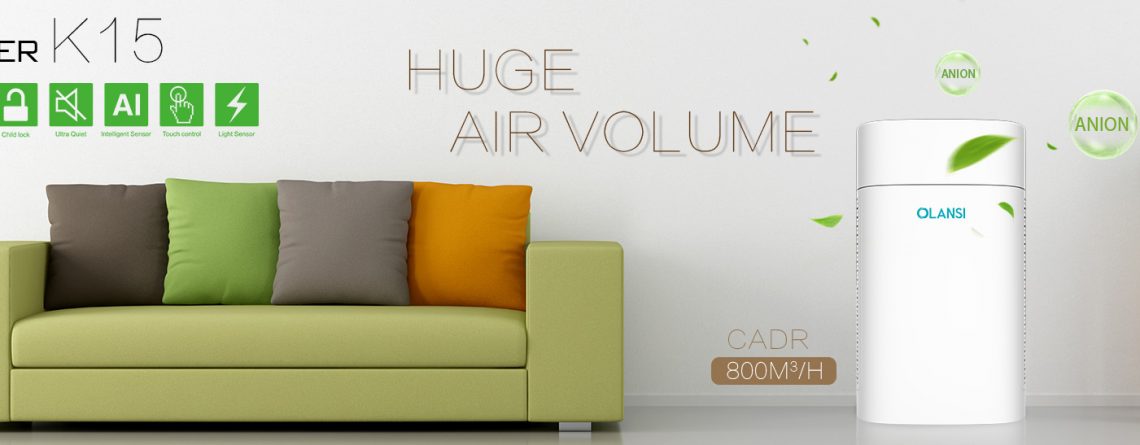Know more about the working principle of the original air purifier
The function of an air purifier is very similar to that of the lungs. It is divided into three steps. The first step is to inhale gas, the second step is to perform adsorption and filtration treatment in the body, and the third step is to release the treated gas. The first and third steps are simple mechanical actions, which are very simple, while the difference between air purifiers is mainly in the second link.
The second core part of current air purifiers generally includes the following types: physical filtration, electrostatic adsorption, and hybrid types.
The first is pure physical filtration. In fact, the air is passed through one or several layers of filters through a fan with high air volume and high pressure drop to filter out particulate matter and harmful substances. The core components mainly use HEPA (High Efficiency Air Filter) technology, which is currently the most common in the household market. According to the British BSEN specification, for particles with a diameter of 1 micron, the filtration rate must be above 85% before it can be called a HEPA filter. HEPA is also divided into different levels according to the difference in filtration efficiency, but the difference is quite limited. Most HEPA technologies have been able to meet the needs of families. Simply put, it is not recommended to buy an air purifier without HEPA.

In addition, activated carbon is also a commonly used air purification material. Activated carbon relies on its large number of micropores to adsorb suspended solids. Activated carbon filtration pore size varies from 0.3 to 50 microns. Activated carbon can also adsorb toxic and harmful gases. Different activated carbons have different adsorption pore sizes and different interception effects. The smallest micropores can adsorb nano-scale volatile gases.

The second principle is adsorption through static electricity. This is also well understood. The adsorption of dust or hair on winter coats is static electricity. The principle of this type of air purifier is that when the air passes through a high-voltage electric field, ionization occurs. The positive ions of the ionized gas are absorbed into the cathode plate, while the negative ions are repelled by the cathode and attach to the pollutant molecules to make it carry negative. Charge, then negatively charged pollutant molecules will be adsorbed on the anode plate. Electrostatic precipitators can now process molecular-level substances, and the smallest particles that can be removed can reach 0.01 microns in diameter. The electrostatic adsorption air purifier does not need to replace the filter, just flush the filter regularly.
Of course, there are two shortcomings of electrostatic precipitator, 1. High-voltage electric field will produce ozone, so you must pay attention to ventilation when using it. It should be known that ozone can only have a bactericidal effect when the concentration is low, but when the concentration is high, the harm to the human body is no less than PM2.5. 2. The ability to remove formaldehyde is minimal.
Olansi healthcare has more than 12 years in the field of air treatment in China. With it’s own industrial zone of more 50,000 SQM production area and 2000 SQM LAB. Olansi is one of the leading company in this field in China.
For more information you need please contact: [email protected]


